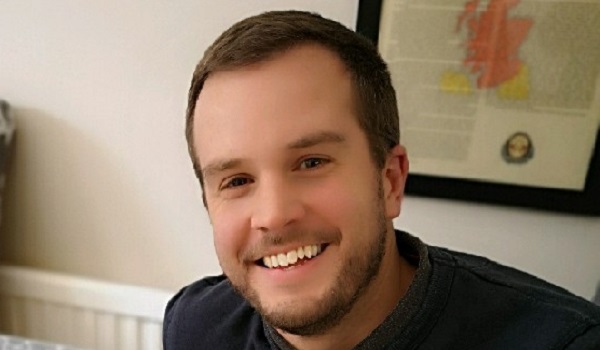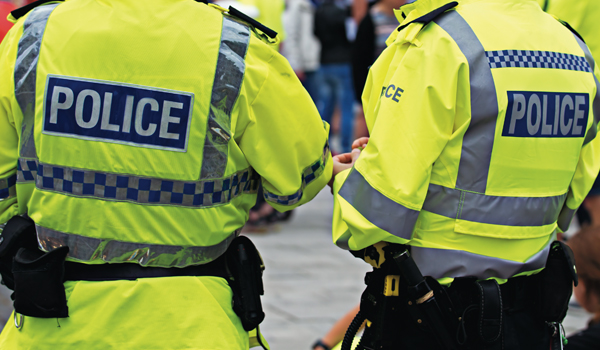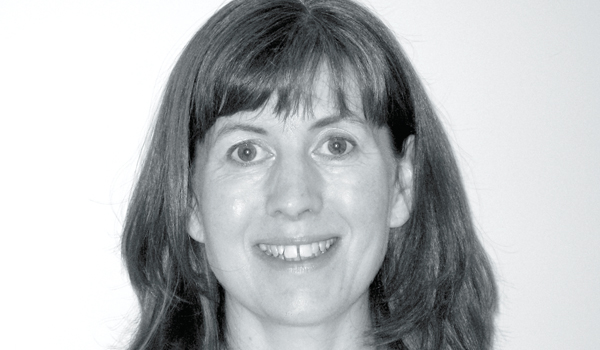Misogyny: the importance of listening.
The Government lost a bid to prevent misogyny from being as a hate crime when the motion was passed by the House of Lords by 242 to 185 votes. Tom Andrews looks at the implications for policing.
This week saw the House of Lords vote against the Government in favour of introducing misogyny as a hate crime. I was working for Nottinghamshire Police in 2016 when the deputy chief constable of the time, Sue Fish, first pioneered the idea of misogyny as a category of hate. I was a uniformed PC and I’m not afraid to admit I was sceptical to say the least. What about all the extra paperwork? What was wrong with the existing gender category? Is this even an issue, what is wrong with a bit of wolf-whistling, it does not hurt anyone?
The #MeToo movement which represented the watershed moment in public awareness of misogyny was still a year away. The rape and murder of a woman by a serving police officer, abusing his power in the most horrific of circumstances was something I couldn’t even conceive of. There had of course been serial killers, serial rapists and just coming into power, even a president who openly attacked women and bragged about it. It was abhorrent, but those were extreme examples from a minority of men weren’t they?
This was certainly the prevailing view, but having since listened to people talking about the issues – not just hearing it, but really listening – I came to understand that the narrative around misogynistic attitudes in society is identical to that seen in other hate categories, such as racism. BAME individuals were treated as objects not people and derogatory behaviour was framed as ‘banter’ that should be laughed off by the victim.
Offensive nicknames were common, but because it was a nickname it signified some level of inclusion so was not challenged. If it was it was mostly dismissed as the victim being too soft (‘woke’, or a ‘snowflake’ in today’s parlance). Incidents were not reported to the police because they would not really care, or the victim just brushed off as ‘that’s how it is’. It took a few key individuals to stand up and challenge that before society as a whole stood up (or knelt?) for the rights of minority communities. Racism is now rightfully one of the most derided aspects of society. Yet the attitudes and behaviours around misogyny are exactly the same, but it has taken half a century longer to come to prominence.
Why is it important though? Should not the police just focus on crimes they already deal with where they’re already struggling. There are already laws in existence that deal with actual crimes against women so why make more?
In 1954, just nine years after the Nazi atrocities of the holocaust became known, sociologist Gordon Allport (1954) coined his five-step “scale of prejudice”. Starting with ‘anti-locution’ (hate speech), and descending through ‘active avoidance’, ‘discrimination’ and ‘physical attack’, the ultimate end if hate was left unchecked, was ‘extermination’. All these stages are evident with misogyny.
If anti-locution (speaking derogatively about women, often as ‘objects’), discrimination (society’s expectations and tolerance), and physical attack (groping) are allowed (and even boasted about by American presidents), then the message is clear: extermination may well be accepted. In the cases of the ‘Yorkshire Ripper’ and ‘Suffolk Strangler’, because they targeted ‘sex workers’, even the police were vaguely tolerant of their activities.
Identifying misogynistic attitudes early can allow police to even simply offer advice to those who may simply not know better. This allows for education and early intervention, hopefully with the aim of preventing a descent into more serious offending. Sir Robert Peel founded the police with the principle “the efficacy of the police should be measured by the absence of crime and disorder, not the visible action of their dealing with them”. What if the police had the ability to identify Peter Sutcliffe, Steve Wright, John Worboys, Kirk Reid or innumerable others at an early age or preliminary stage in their misogynistic behaviours?
The best and most striking similarity here is the Prevent anti-radicalisation programme. Identify potential terrorist sympathisers at the earliest possible stage and interventions can be put in place to deter them. The same is true of misogyny; if it is possible to identify those who hold deep-rooted anti-female views, then is it not an intelligence gathering opportunity to build a picture with a view to educating them or at least assisting in identifying suspects in crimes?
Since Miller v. College of Policing [2020] EWHC 225 the principle of recording non-crime hate incidents has become muddied slightly, but the proponents advocating for the recording of misogyny are not advocating for direct police intervention in all cases. Instead they are simply arguing for the ability of victims to report their experiences. I can confidently say that not all reports of ‘non-crime hate incidents’ received a direct police response (identified suspect receiving a visit from an officer), so there is no suggestion that this would change with misogyny.
The key objective is that if it is found in court that an offender was motivated by anti-female prejudice, that their sentence reflects that in the same manner a racist or homophobe’s would be. There is a secondary benefit of being able to ascertain the scale of the problem. How can we know its extent if we do not provide a mechanism for reporting it?
There are those who retort ‘what about misandry?’ I was even recently ‘mansplained’ what misandry is when discussing this topic. Yes, there is misandry in existence, but how prevalent is it related to misogyny? Are men routinely followed along the street by strangers; have their clothing or appearance commented on; told they would look better if they made more of an effort; encouraged to always be with a friend on a night out in case they’re spiked – or actually get spiked; or decide that getting a taxi home in the evening is safer than walking a few streets.
There may be isolated examples, and I am certainly not belittling or dismissing male victims, but those male victims are usually specifically identified rather than just chance passing encounters from strangers. To understand the scale of misogyny, is simply a matter of listening to those who have experienced it and accepting a new method of being able to hear.
Tom Andrews is a lecturer in policing at De Montfort University in Leicester after having completed thirteen years with Nottinghamshire Police in various frontline roles. He is the editor of the Journal of the Police History Society and is a contributor to an upcoming book on pioneering women in policing.






